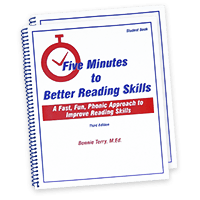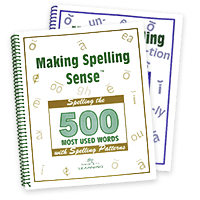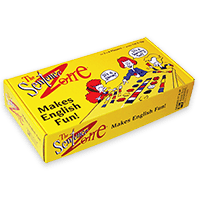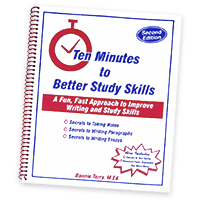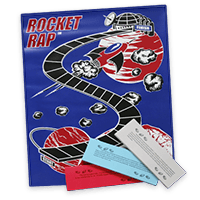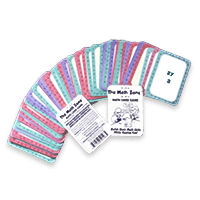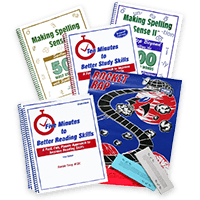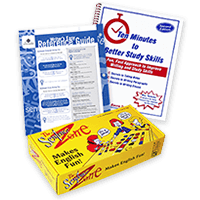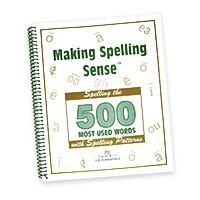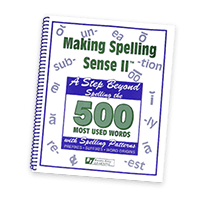[vc_row][vc_column][vc_column_text]
Tactile/Kinesthetic System and Learning
In the tactile/kinesthetic processing system, also known as the haptic system, information comes in either through tactile (touch) or kinesthetic (movement). Difficulties or dysfunctions in this system result in problems performing motor tasks such as writing, note-taking, manipulating buttons or tools and equipment. Often, difficulty also arises with learning motor performance skills (Gibson, 1965).
Vestibular System Impacts the Tactile/Kinesthetic System
The vestibular system, the system of balance and spatial organization is directly involved with the tactile/kinesthetic system. One’s sense of balance directly impacts the information that comes in through touch and movement. There is evidence that children with moderate learning disorders often have poorly functioning visual, auditory, or vestibular (balance) systems which can contribute to their lack of attention, task avoidance, behavior issues, and self-regulation (Wilson & Heiniger-White, 2008).
This is important because vestibular deficits affect every facet of child’s being, including health, ability to learn, and overall academic achievement (Mehta & Stakiw, 2004). Children with vestibular function disorders often need additional help with learning, due to various contributing factors: impaired spatial orientation, memorization task difficulties, balance problems affecting their ability to sit upright in their chairs, and unstable neck muscles that create fatigue posture at the desk. Young children frequently cannot describe vestibular symptoms, and teachers frequently lack awareness of vestibular problems, lead to both misdiagnosis or under diagnosis of this condition (Mehta & Stakiw, 2004).
For a better understanding of the developmental stages see the following chart.
Input for the tactile/kinesthetic system comes from the stimulation of the mechanoreceptors in skin, muscles, tendons, joints, as well as the vestibular system. Gibson and Revesz note that the haptic input is generated by manually exploring objects in space. The fundamental characteristic of the tactile/kinesthetic system is that it depends on some sort of contact. The skin needs to be in contact with an external surface or encountered through a glove or a shoe. The haptic system directly impacts learning areas critical to learning and reading, encompassing spatial awareness, laterality, directionality, locomotion, contact, and sensory motor integration.
Dyslexia and Learning Disabilities Are Impacted by the Haptic System
This system directly impacts the formation of letters, the ability to see letters correctly, the understanding of sizes, shapes, writing, and the physical response. The Haptic system is directly involved with sorting and classifying, skills which improve language and comprehension skills.
Dr. Franck Rasmus in 2003 states “Dyslexia research is now facing an intriguing paradox: it is becoming increasingly clear that a significant proportion of dyslexics present sensory and motor deficits.” An additional summary states the three leading theories of developmental dyslexia: (i) the phonological theory, (ii) the magnocellular (auditory and visual) theory and (iii) the cerebellar theory. Results suggest that a phonological deficit can appear in the absence of any other sensory or motor disorder and is sufficient to cause a literacy impairment. Auditory disorders, when present, aggravate the phonological deficit, hence the literacy impairment. However, auditory deficits cannot be characterized simply as rapid auditory processing problems, as would be predicted by the magnocellular theory. Nor are they restricted to speech. Contrary to the cerebellar theory, we find little support for the notion that motor impairments, when found, have a cerebellar origin or reflect an automaticity deficit. Overall, the present data support the phonological theory of dyslexia, while acknowledging the presence of additional sensory and motor disorders in certain individuals.”
Wilson and McKenzie, 1998, summarized that the greatest deficiency in children with developmental coordination disorder is in the visual-spatial processing areas. Findings of 50 studies show that perceptual problems, especially in the visual modality, are associated with difficulties or problems in motor coordination. Therefore, activities that give direct explicit instruction in the tactile-kinesthetic system areas are indicated.
Sample of Activities/Resources That Address Haptic (Tactile/Kinesthetic) Processing
- Matching activities
- Balance beam activities
- Bean bag activities
- Drawing
- Painting
- Word searches
- The Bonnie Terry Learning (BTL) Awaken the Scholar Within (ASW) Visual, Auditory and Kinesthetic Program
- The BTL ASW Spelling Program
- The BTL ASW Reading, Writing, and Study Skills Program
- Bonnie Terry Learning Games: Sentence Zone Game, Comprehension Zone Game, and Math Zone Game
[/vc_column_text][/vc_column][/vc_row]
